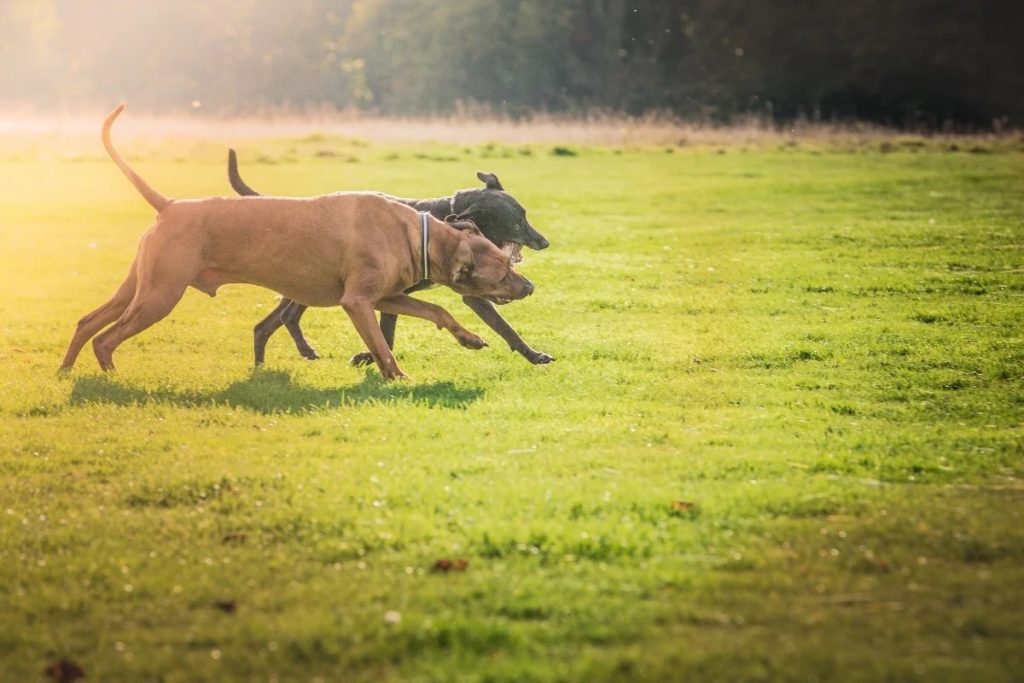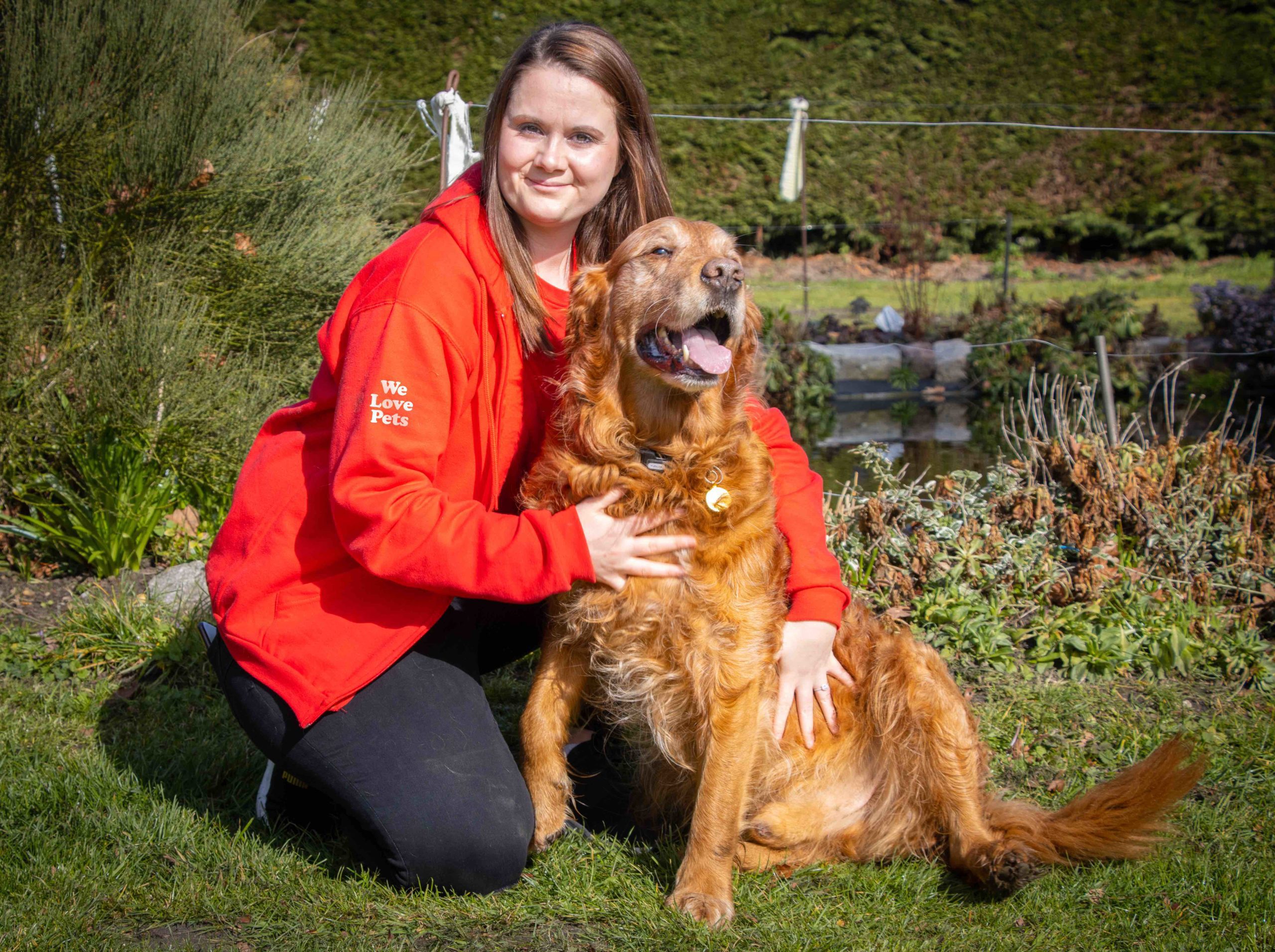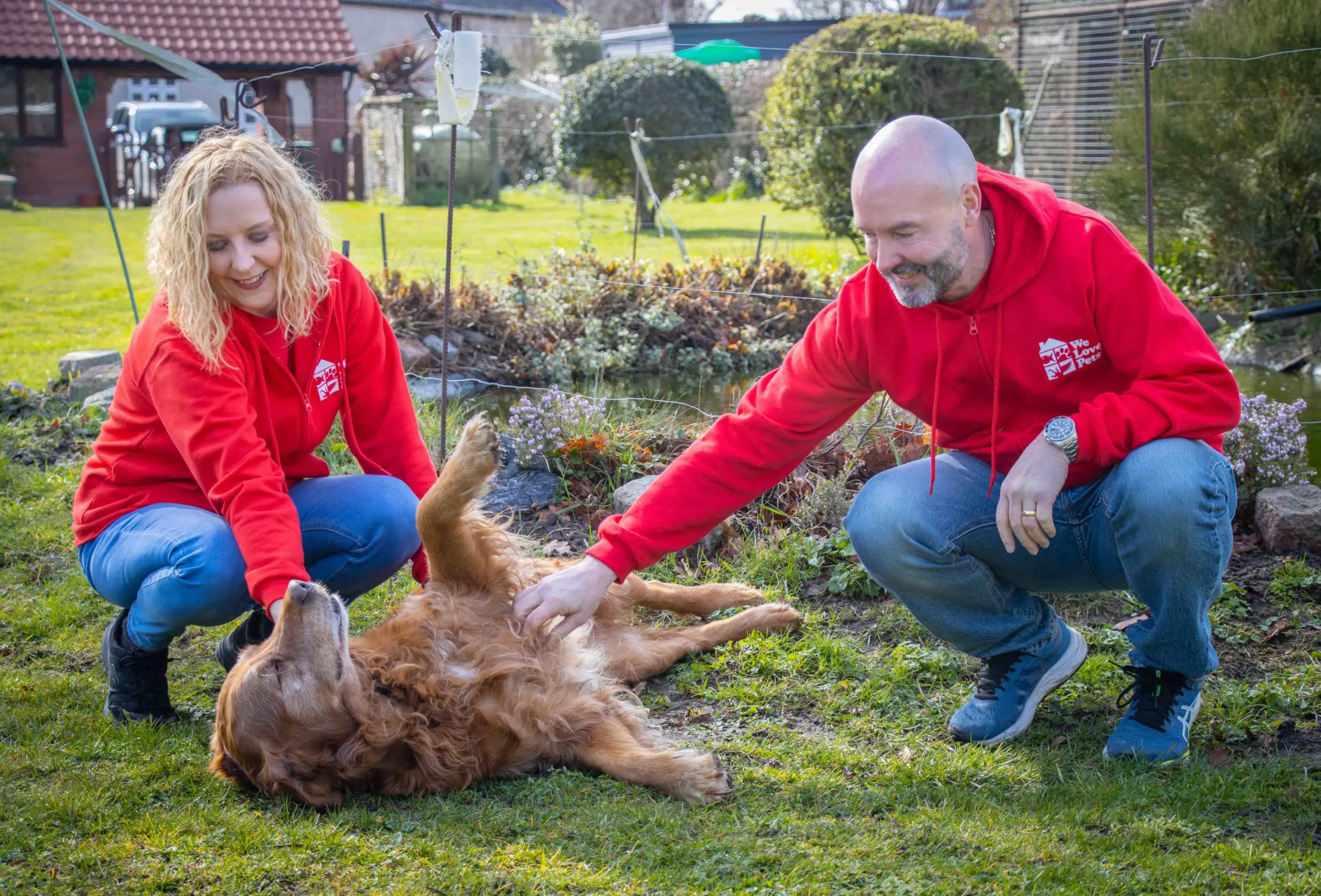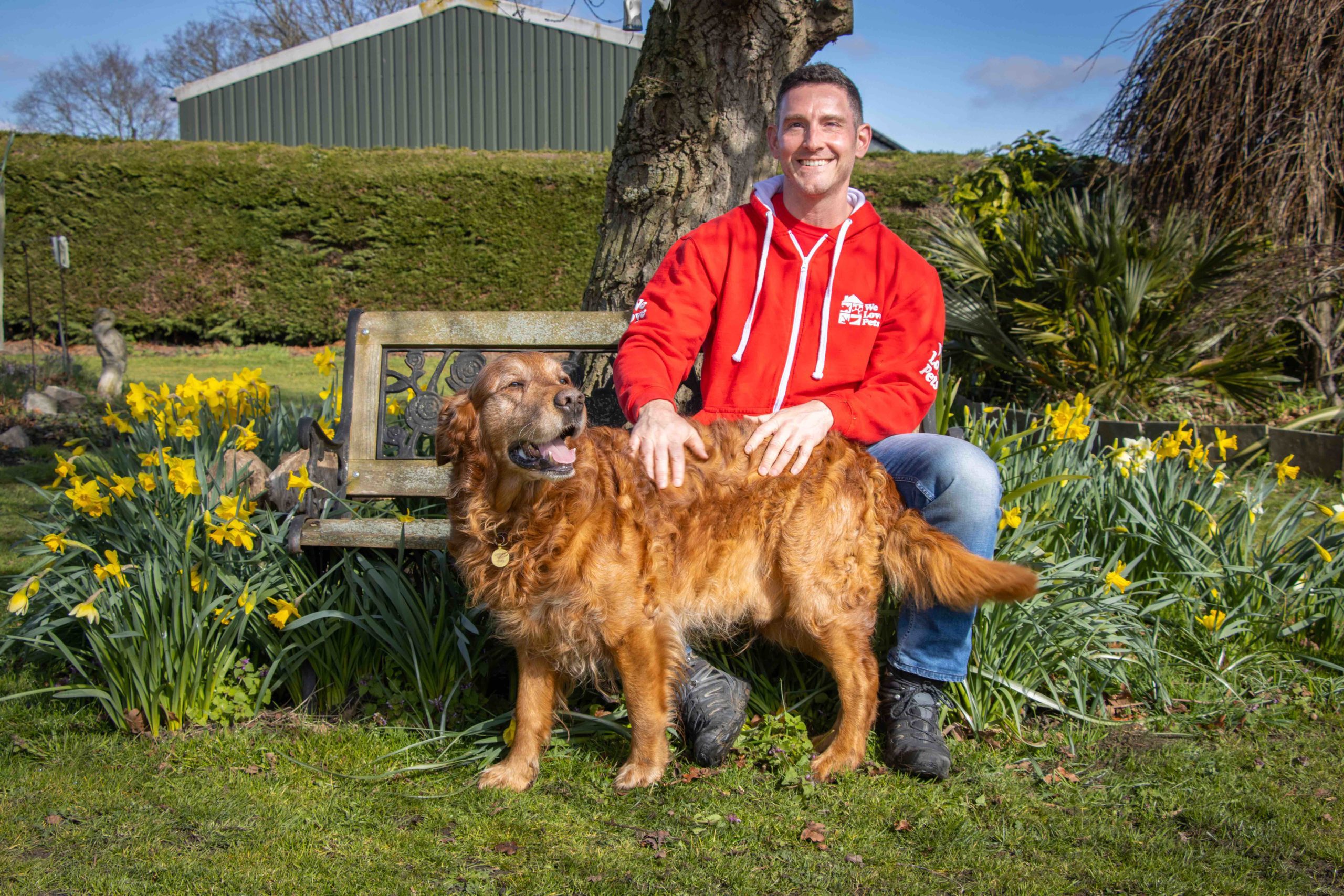A dog fight is something that nobody wants to witness and certainly not have their own dog involved in. To help reduce the risk of this happening, We Love Pets Branch Owner and former Vet Nurse, Sophie Baldwin explains what we need to know should this unfortunate incident occur.
A dog will continue to learn about good social behaviour into adulthood so it is important that dogs get to interact with their own species throughout life to maintain these social skills. A dog can really only learn how to act appropriately around other dogs if they can interact with them on and off the lead. Therefore, a dog must have a reliable recall to be able to have off lead social experiences*.
If you think your dog can be unpredictable, you’ll need to deny those opportunities and reasons that your dog might have to fight. Try to encourage good behaviour with praise and treats and enlist the help of a canine behaviourist. They will work one to one with you and your dog to reduce the likelihood of any serious incidents.
The main causes of aggression towards unfamiliar dogs met out on walks are social incompetence, fear, pain, inter-male competition and the owner’s behaviour may also be an influencing factor. The dog can pick up on your own body language as you tense up when you see another dog approaching and therefore give your dog cause for concern as well.
Spotting the warning signs
Submissive behaviour
These will be fairly obvious to the owner as most know how their dogs tend to react in situations. The dog will be generally be unhappy around strange dogs and may either run away, hide, freeze or use appeasement body language like rolling over onto its back and exposing its abdomen to make the other dog move away.
Defensive behaviour
On the other end of the scale the dog may go on the defensive and bark, curl its lip, bare teeth, raise hackles or stand side-on to the threat making themselves appear larger. This type of behaviour is called ritualised aggression as the dog retains a level of control over their behaviour to try to communicate a message to the other dog rather than cause harm.
Aggressive behaviour
If there is uncontrolled aggression, the dog stops moderating their behaviour completely and shows aggression whenever they see, or are near, another dog. The dog might attack to defend itself as if it were a life or death situation and bite without any control. Thankfully this is something that most owners never witness.
Types of dog fight injuries
When dogs fight, their weapons of choice are teeth and claws to inflict injury. Puncture wounds from teeth can be anywhere a dog can get hold of. The head, neck, ears and legs tend to be the most common.
Puncture wounds like this must be checked by a vet even if they look superficial because the wound may go further than skin deep into muscle and soft tissue once the hair is clipped away. When a tooth punctures the skin it will take in with it bacteria from the other dog’s mouth. These types of wound can often be overlooked in breeds with thick coats so the dog must be checked thoroughly for injuries.
Bites to the legs where there is not much skin may damage other structures in the leg and impose the risk of a joint infection. Wounds around the chest area particularly in small dogs that perhaps were picked up and shaken by a larger dog can be very serious if the bite has pierced the chest wall and caused lung collapse. Neck bites, if deep, may affect the trachea or oesophagus and a bite to the abdomen risks penetrating the abdominal wall with serious consequences.
What to do if a dog is attacked
If you witness a fight about to break out, first try and stay calm so as not to make the situation worse. It may be obvious, but if the fight is looking imminent call your dog away and get the other dog’s owner to do the same thing.
If the fight has already started, try and startle the dogs by loud noises, clapping or blowing a recall whistle loudly. Throw something at them to try and distract even if it is a ball, coat, lead, anything that by throwing it is not going to cause a bigger injury. DO NOT grab a collar as you may get bitten yourself.
In the aftermath:
1. Try and get the name and contact details of the other owner and perhaps any witnesses – this depends on how serious any injuries are looking.
2. Photograph the injuries and if you can, of the other dog too. Clearly if it is a life threatening situation your priority is to get your dog to a vet after exchanging names and phone numbers.
3. Phone the vet (save your vet’s phone number to your phone) to warn them that you are coming straight in so that they can prepare a triage team for your arrival and if necessary, also prepare for a medical emergency.
4. Even if the injuries don’t look serious, all bite wounds should be checked by a professional. Puncture wounds can be much deeper than they look and would most certainly need a course of antibiotics and pain relief.
5. If the other owner has pet insurance or third party cover this may cover you for any veterinary expenses.
Legal implications of a dog attack
If your dog injures another dog you could be liable for any vet bills. If people want to involve the Police they would be within their rights to do so and it could lead to a civil claim or criminal prosecution.
If your dog is attacked by another dog without its owner or guardian present, report it to the Police by calling 101 and report it to the local council dog warden.
*Subject to Government advice during the Coronavirus pandemic. To maintain social distancing, dogs with poor recall should be kept on a lead to avoid situations where owners need to come into close contact.




